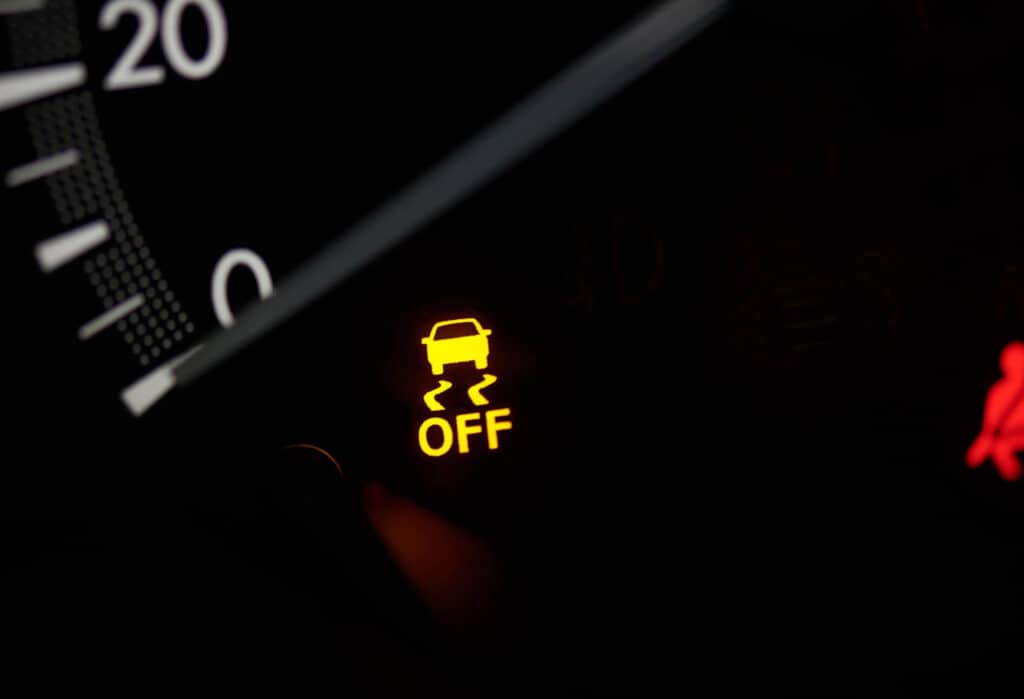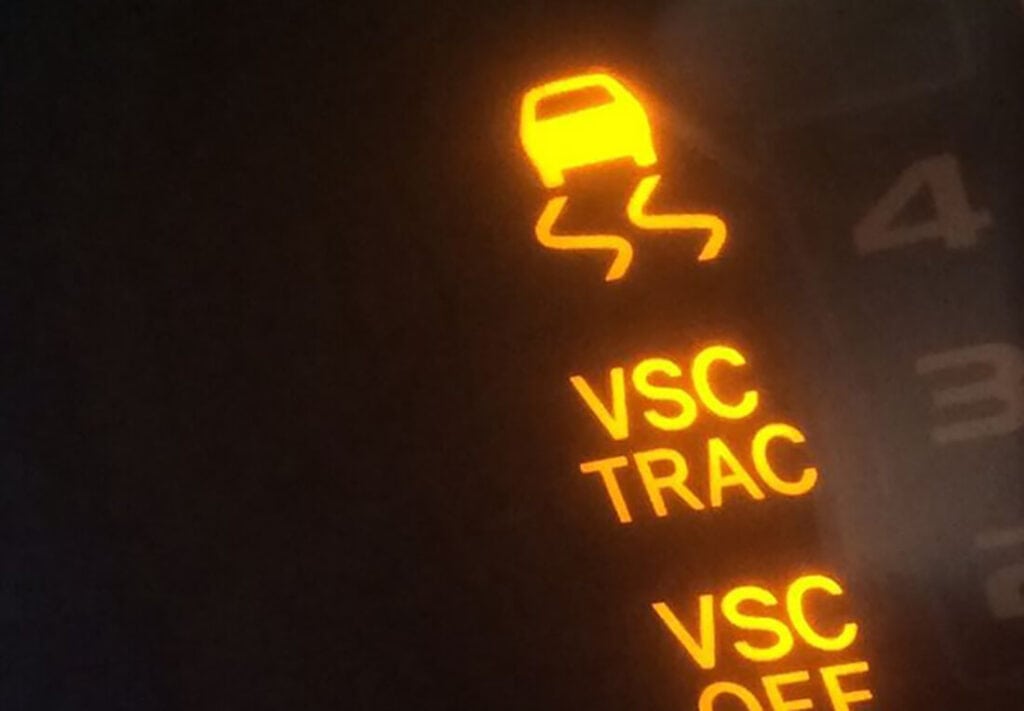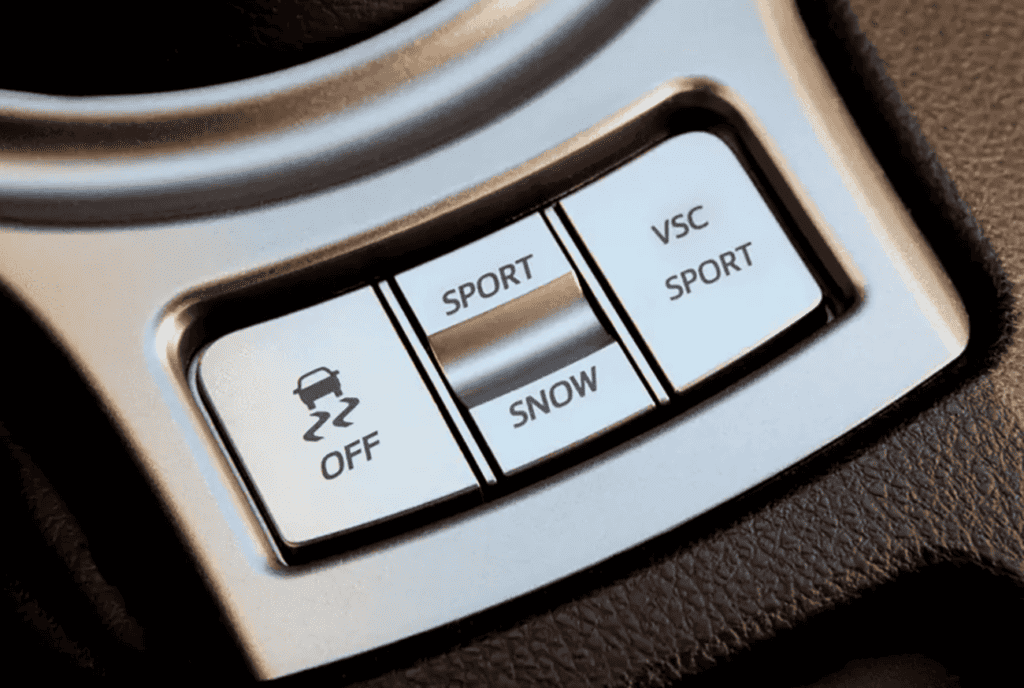VSC Warning light Service and Guide: What it is an what to do?
That flickering amber symbol on your dashboard that resembles a car with squiggly lines behind it or just plaining reads VSC? That’s your VSC light. It’s like a little lighthouse on your dashboard, signaling that there’s something you need to pay attention to in your Vehicle Stability Control system. So, buckle up as we navigate through the nitty-gritty of the VSC system.
Getting to Know the VSC System
For the uninitiated, the VSC system is a remarkable technology designed to keep your vehicle steady and in control, particularly during unfavorable weather or unexpected situations. The VSC system is that cool, underappreciated friend who has your back when things get slippery.
Remember the time when you had to make that sharp turn and your car seemed to drift a bit, but quickly righted itself? That was the VSC system at work, ensuring your car stayed on course. It does so by automatically reducing the engine’s power and managing the brake pressure on each wheel individually to prevent skidding and loss of control.

What Triggers the VSC Light: Understanding Common Causes
If you find yourself scratching your head and wondering, “What would cause the VSC light to come on?” rest assured, you’re not alone. Let’s break down some of the most common triggers:
• Tire Pressure Issues: Don’t underestimate the humble tire pressure! Inconsistent or low tire pressure can offset your vehicle’s balance and grip on the road, potentially leading to your VSC light illuminating. Next time it lights up, it might be worth giving those tires a quick pressure check.
• Faulty ABS Sensor: The ABS (Anti-lock Braking System) and VSC system are like best friends—they work closely to ensure your car’s stability. A malfunctioning ABS sensor can impact the functionality of the VSC system and consequently light up the VSC warning.
• Faulty Brake Light Switch: The VSC system is deeply interconnected with your vehicle’s braking system. If your brake light switch isn’t functioning properly, it can confuse the VSC system and cause the warning light to come on.
• Wiring Issues: Faulty or damaged wiring can mess with the signals between the VSC system’s various components, leading to the illumination of the warning light.
• Faults in the VSC System: If there’s a malfunction in the VSC system itself, from a misfiring sensor to a problematic control module, it could cause the VSC warning light to flicker on.
• Pushed VSC Button by Mistake: Sometimes, the reason is as simple as an accidental button press! If you’ve unintentionally hit the VSC button, it’ll turn off the system and activate the warning light.
• Rough Driving Conditions: If you’re navigating a snowstorm or a particularly bumpy road, these challenging conditions can cause your car’s traction to falter, prompting your VSC system to step in and the warning light to shine.
So the next time your VSC light decides to put on a show, consider these common culprits. Remember, your VSC system is essentially your vehicle’s personal bodyguard, keeping a vigilant eye on your car’s stability and safety. Keep on cruising!
Potential Risks: The Implications of an Illuminated VSC Warning Light
It’s easy to overlook a lit VSC light, especially when your car still seems to be running smoothly. But it’s crucial to remember that the light is not a simple decorative feature—it’s a signal from your car that something is not right with your Vehicle Stability Control system.
Ignoring this warning is akin to driving with a blindfold on. Sure, you could continue driving for some time, but the risk of something going wrong increases exponentially. An active VSC system helps prevent skidding and loss of control, especially in tricky road conditions. So, if this system isn’t working correctly, it could compromise your safety and potentially lead to accidents.
Additionally, leaving the VSC issue unresolved could lead to long-term damage to your car. Like a small wound that could become infected if left untreated, a minor VSC issue can snowball into a major problem affecting other aspects of your vehicle’s functionality. Therefore, it’s always wise to address the issue at the earliest opportunity to ensure the longevity of your car and your safety on the road.
Immediate Actions: Steps to Take When Your VSC Warning Light Shines
When you see the VSC warning light, it’s natural to feel a pang of alarm. But don’t hit the panic button just yet! There’s a protocol for this situation that can often resolve the issue without the need for professional assistance. Here’s a basic step-by-step guide:
1. Find a safe spot to park your car and make sure you come to a complete stop.
2. Put your car in park if you can.
3. Turn off the engine.
4. Now, press and hold the VSC button for a few seconds. You’ll see the TRAC OFF and VSC OFF indicator lights come on. This means both systems are now off.
5. Press the VSC button again. Both lights will turn off and the systems are now reengaged.
Restart your car after a few minutes. In many cases, this reset routine can do the trick and the VSC light will have returned to its dormant state, quietly sitting on your dashboard without illuminating.

However, if the VSC light continues to shine like a stubborn lighthouse, your car is sending you a clear message: “Hey, I need a little professional attention here!” It may be indicating a bug with your vehicle’s computer or a malfunction with your vehicle’s VSC system.
At this point, it’s time to reach out to your trusted mechanic. Or, for ultimate convenience, you could call a mobile mechanic service like Uchanics. They’ll bring professional assistance right to your doorstep, resolving your VSC worries while you relax with a cup of coffee. Now that’s service!
VSC vs VSC Trac: Distinguishing Between the Two Systems
“What is VSC Trac?” you may ask. Well, consider it the VSC system’s very close cousin. The VSC Trac, or Traction Control, is an additional feature that works in tandem with the VSC system to manage the distribution of torque to the wheels.
Imagine your car is on a slippery road; the VSC Trac system assesses which wheels have the most grip and then distributes power accordingly, ensuring the best possible stability and control. It’s like having an expert juggling the power between your wheels to keep your car steady even in challenging conditions.
In short, the VSC system and VSC Trac together are your car’s dynamic duo, working in harmony to keep your driving experience safe and secure. They’re your best defense against potential mishaps on the road, so it’s essential to understand their roles and keep them in top-notch condition. Safe driving!
VSC Light Duration: How Long Can You Drive With It On?
So, how long can you drive with the VSC light on? Let’s be clear: the VSC light isn’t a game of endurance or a test of your nerves. It’s your car’s way of saying, “I need some attention, and it’d be best if you didn’t delay.” While you may not need to pull over immediately (unless the light is flashing or other symptoms occur), you should plan to have your vehicle inspected as soon as possible. Imagine driving with an open wound, not tending to it immediately might not kill you, but it sure isn’t doing you any good.
VSC as an Extended Warranty: Debunking Misunderstandings
Let’s clear the air: VSC is NOT an extended warranty. It’s an embedded system in your car that enhances safety. The myth probably stems from the abbreviation also standing for Vehicle Service Contracts, but they are as different as apples and, well, cars.
Models with VSC: A Look at Cars that Use the VSC System
The VSC system isn’t exclusive to a secret club of vehicles; it’s a standard feature on many popular models, emphasizing the car manufacturers’ commitment to safety. Among them are fan-favourites like the Toyota Camry, Avensis, Verso, Sienna, and Lexus models including the RX400H, IS250, IS220d. This advanced feature helps these models stay as poised as a ballet dancer, even in the trickiest road conditions.
Professional Intervention: When It’s Time to Consult a Mechanic
Spotting the VSC light on your dashboard and ignoring it is akin to disregarding a persistent cough. Remember, the light is merely a symptom of an underlying issue, not the problem itself. Like you’d rush to a doctor for medical advice, it’s important to consult a professional mechanic if your VSC light remains illuminated. They’ll do the ‘medical examination’, figure out the ‘diagnosis’, and get your vehicle back to its peak health.
Preventing VSC Warning Light Activation: Routine Checks and Maintenance
In the world of car health, the age-old adage “Prevention is better than cure” holds the steering wheel. Maintaining regular checks and routine maintenance can be like yoga for your car, keeping everything running smoothly and reducing the chances of that VSC light popping up uninvited. Ensuring tire pressure is on point, sensors are clean and clear of debris, and the ABS system is functioning optimally, is your best bet at keeping the VSC light as quiet as a mouse. It’s the automotive equivalent of eating your veggies and doing your morning stretches. Now who wouldn’t want a healthy, happy car?

Conclusion: Navigating Your Journey with VSC Knowledge
In a nutshell, VSC is your vehicle’s superhero, there to protect your safety. If its signal light flashes, don’t ignore it. Seek professional help if necessary and keep your vehicle well-maintained.
Stuck with a stubborn VSC light? Don’t sweat it. At Uchanics, we’re ready to help. Our skilled mobile mechanics are just a call away, providing professional, timely services right at your doorstep. So, why wait? Give your car the care it deserves with Uchanics today. After all, a safe journey is a happy journey.
Remember, folks, when the VSC light shines, it’s not the time for a long drive. It’s the time to dive into action and give your vehicle the attention it deserves!
